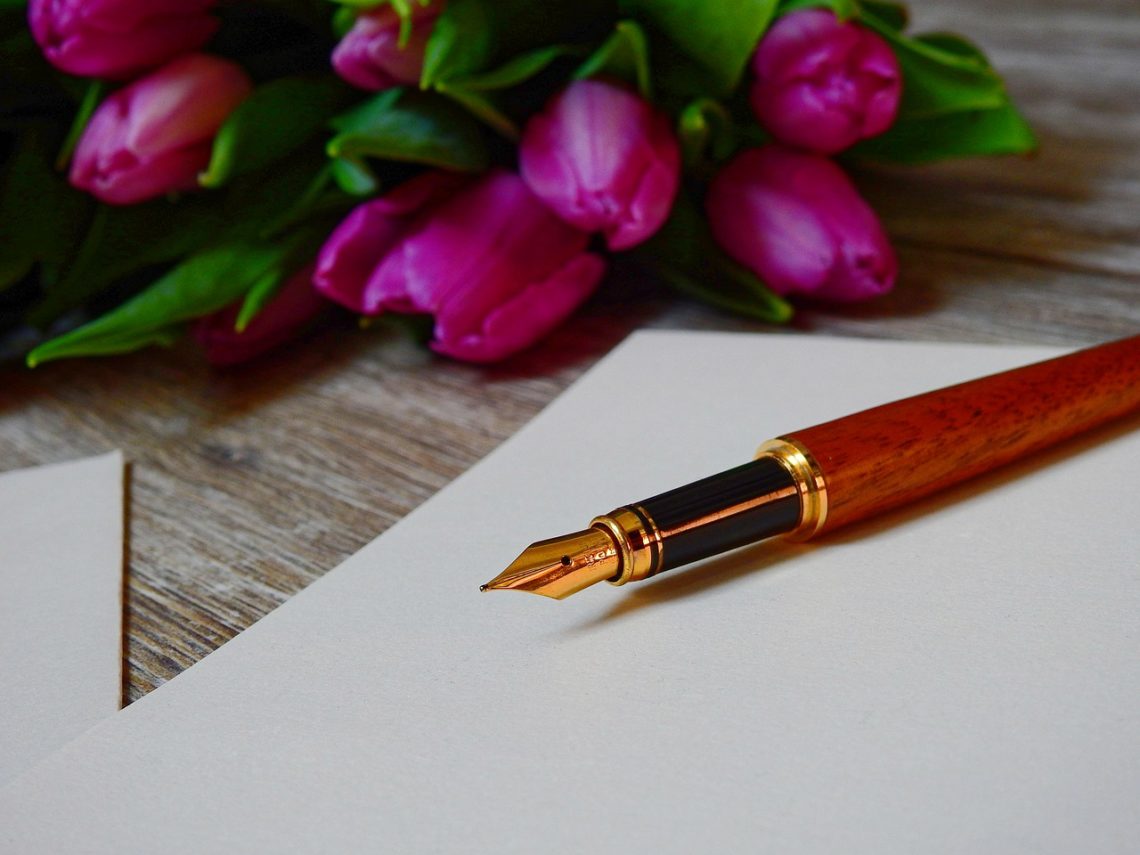
The Lost Art of Letter Writing
Pen Pals
My feelings were expressed on the cream-colored scalloped-edge paper. I folded the letter in the matching envelope, licked it closed, and headed to the post office. The postmaster said it would arrive in Toronto by the end of the week. Two weeks later, I looked down the street in search of the letter carrier. Would Connie tell me to go with Bill or Gary to the Senior Prom? I depended on Connie’s advice. It wasn’t like I could pick up the phone and call Toronto. There were no cheap calling plans back then. Those were the good ole days when letter writing was exciting. A pen pal was exactly that – a new friend you exchanged letters with. I miss those times. Like a Walmart Store coming to town, trampling small businesses in its path, the digital age made the art of letter writing a thing of the past.
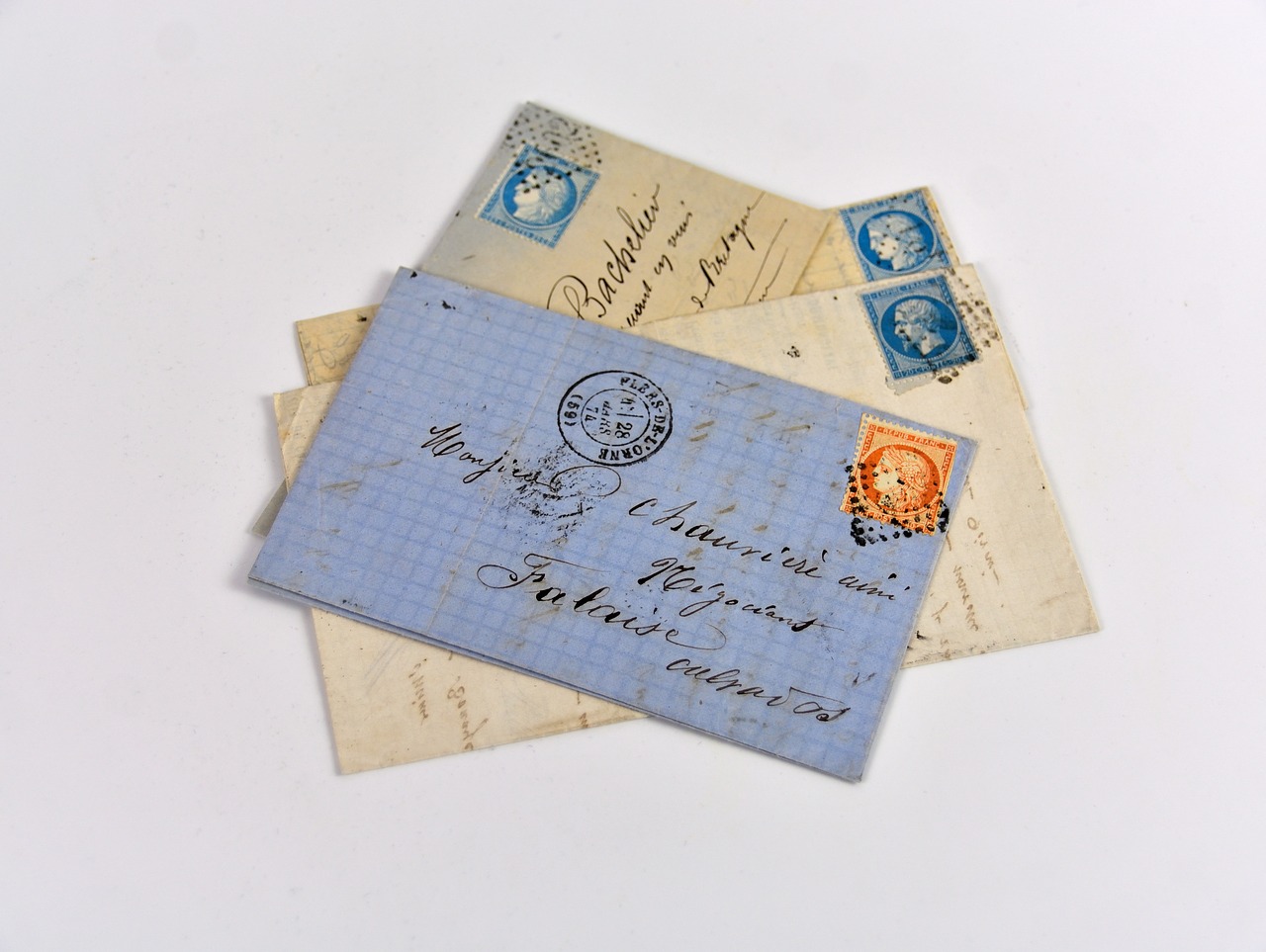
The History of Letter Writing
Letter writing has a rich history and dates back thousands of years. In fact, ancient historians found a hand-written letter dating way back to circa 500 BC. Different materials were used for letter writing in the ancient past, such as papyrus, wooden tablets, and bits of pottery. In ancient times, delivery methods were quite different as well. Letters were sent to the recipient via messengers, most often across a 100 miles or more on horseback, the messenger often having to trade horses en route.
The Art of Letter Writing
I love to receive letters as much as I love writing them. There is something about putting pen to paper that makes letter writing so very special. Thought goes into every word, even the color of ink used and the sender takes time to sit down and write it sometimes on fine scented paper, picked just for you, filling the page with words filled with emotion flowing out on paper. A hand-written letter is more personal, as opposed to an email or text, and as the writer is writing, he or she is envisioning the reader reading it. Usually in a letter, you pass news that’s occurred over the last few weeks or more. In today’s world, communication is by email or text. The message is often short, less-detailed, and impersonal, with little thought or feeling. Email is more of a stressor. You write a message, click send, and then wait anxiously for the response and if the recipient hasn’t answered within a few minutes, you imagine the worst. There are some folks who check their email every few minutes.
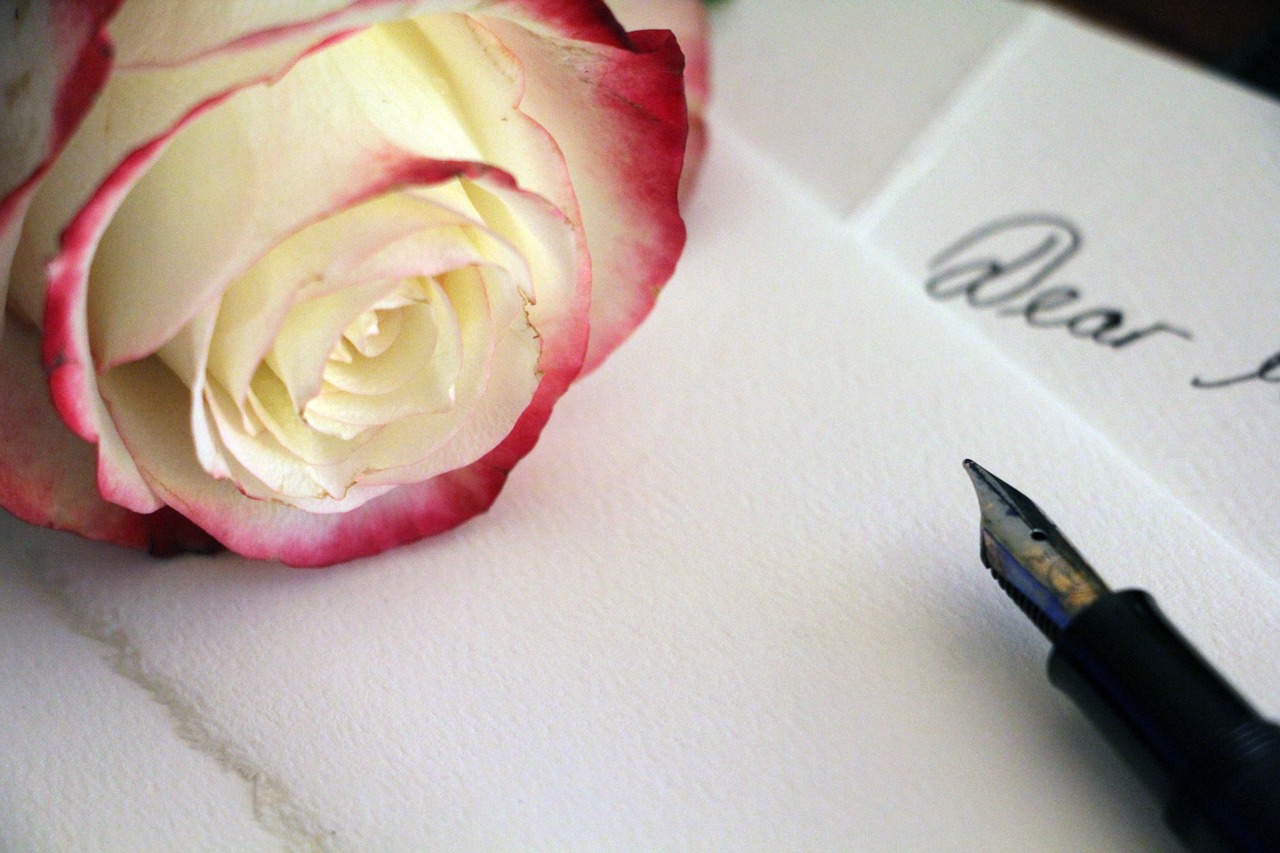
Letter Writing and The Victorian Era
The letter as we know it today became popular in the age of Queen Victoria. In the Victorian days, letter writing was formal. Wax seals were used to ensure confidentiality. If the seal was broken, it was obvious the letter was read before its destination. During Queen Victoria’s time, it was very expensive to send a letter and the recipient bore the cost of the postage. If the recipient could not afford it, the letter was returned to the sender. During her reign, she introduced the Penny Black adhesive postage stamp , where the sender paid for the postage and that is the way it is today. It opened up a whole new way of communication whereby one could communicate with those outside close proximity. The United States soon followed suit. As time passed, letter writing lost its formality and even more so today.
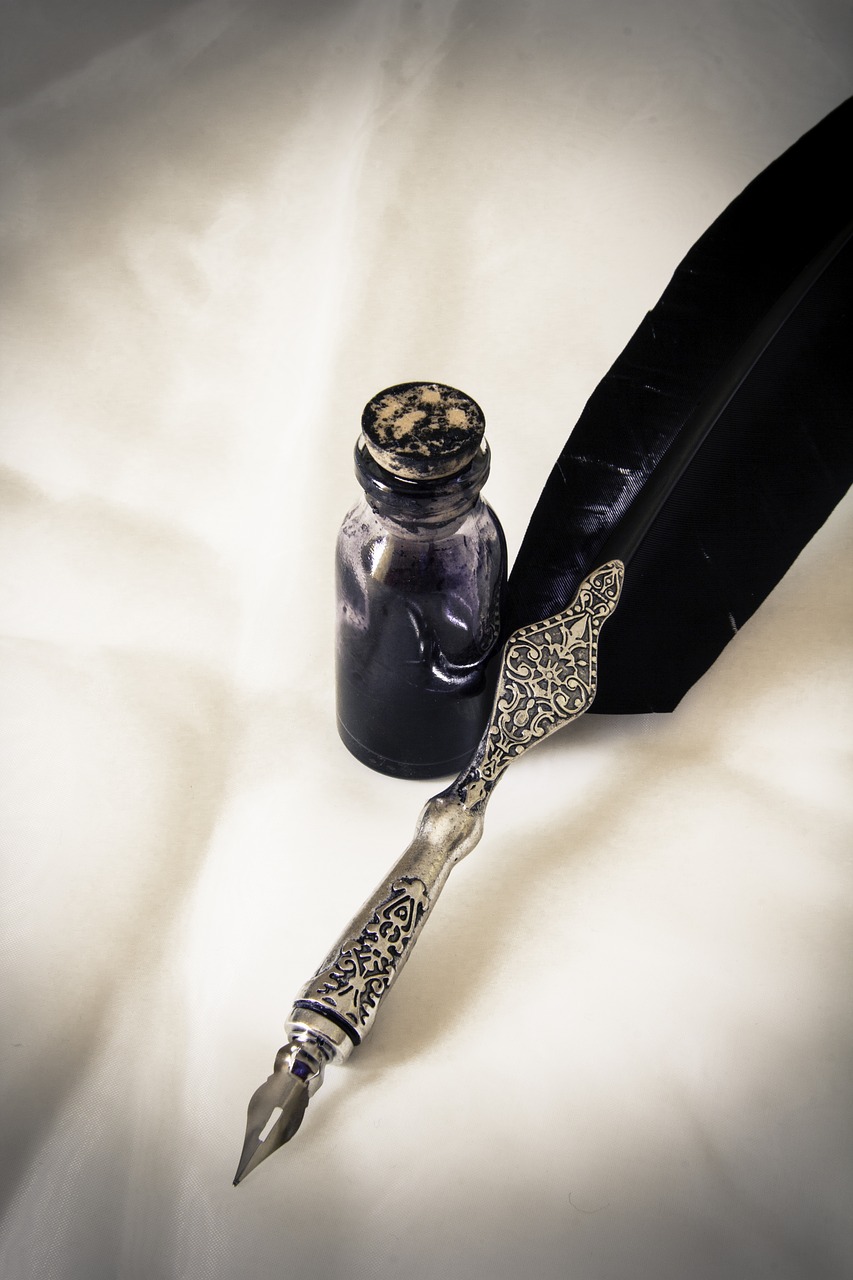
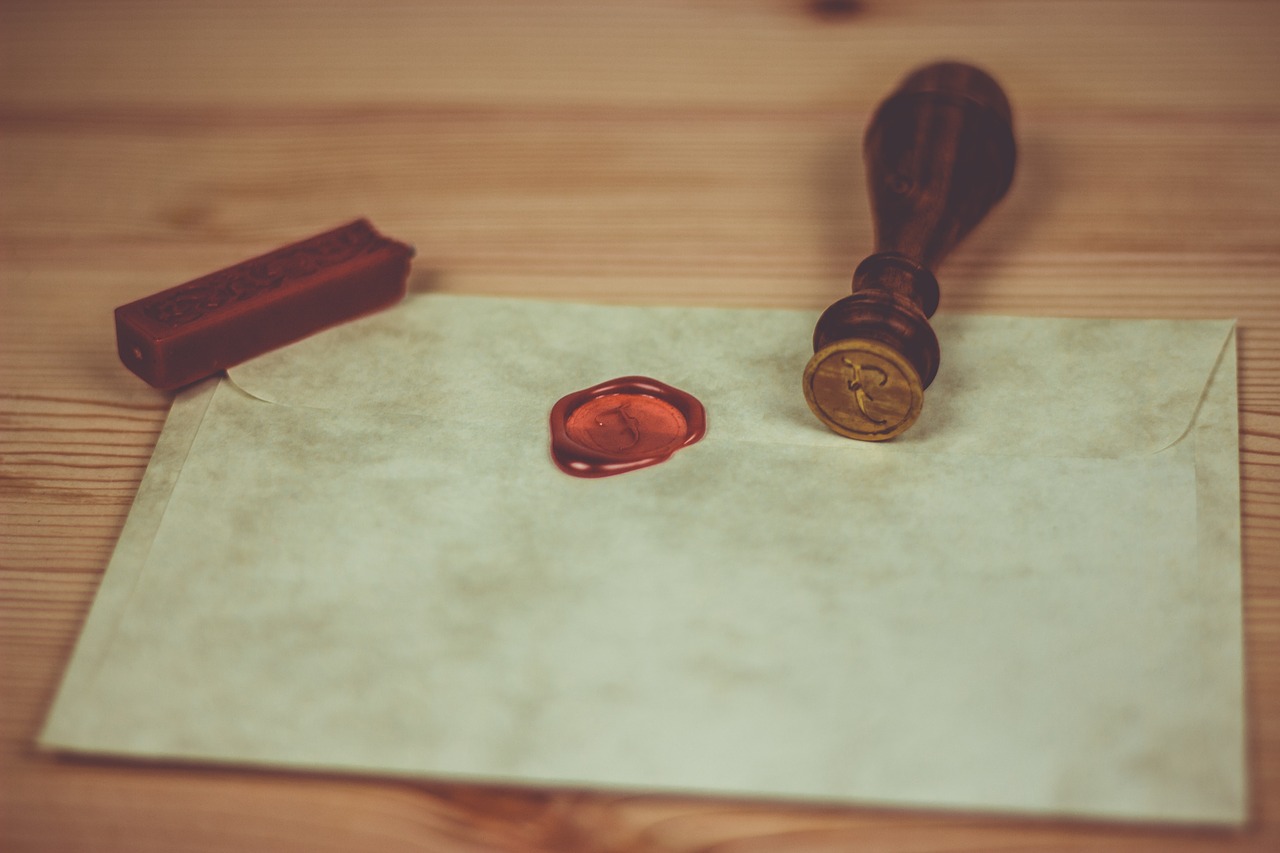
Letter Writing During War Time
Letter writing flourished during war times. It was a way to communicate with loved ones on the battlefield and on the home front. It was sustenance for the solders. Separation and fear of loss drove the need for communication. It was also a way for the soldier to feel connected with loved ones back home.
Latent emotions in times of norm was expressed from pen to paper, as promises were made for a safe return and confirmations of love were expressed. War time romance was often expressed in these letters, as both parties endured he pain of saying goodbye and the uncertainty of whether they would be together again.
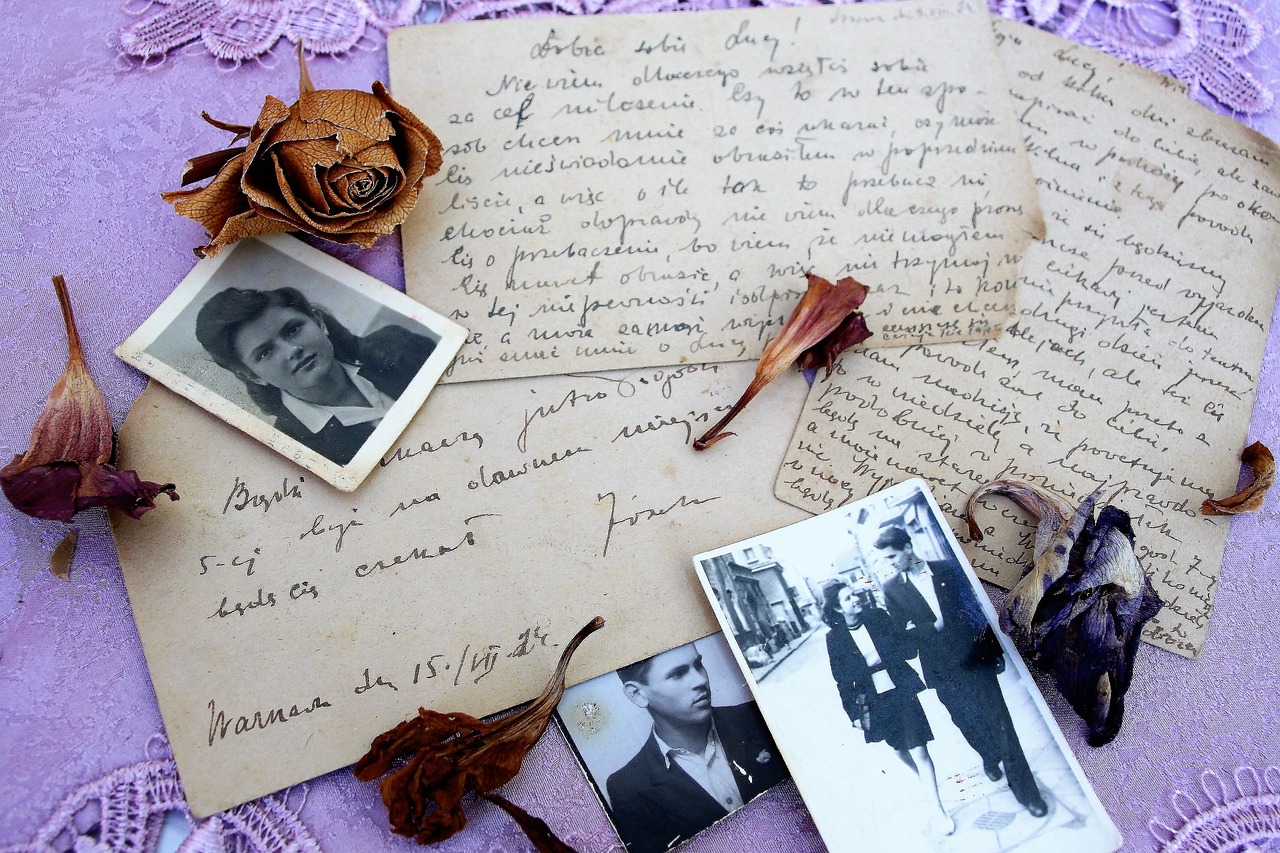
Letters As Cherished Keepsakes
Sometimes, hand-written letters are tied together with satin ribbon and kept as keepsakes. Often, they are read over and over again. These letters outlive us and are read by those who survive us. Letters are very important to historians. Historical figures, such as Abigail Adams, Thomas Jefferson, Queen Victoria, and Jane Austen left numerous letters that gave us glimpses, not only into the life they led, but the time period as well.
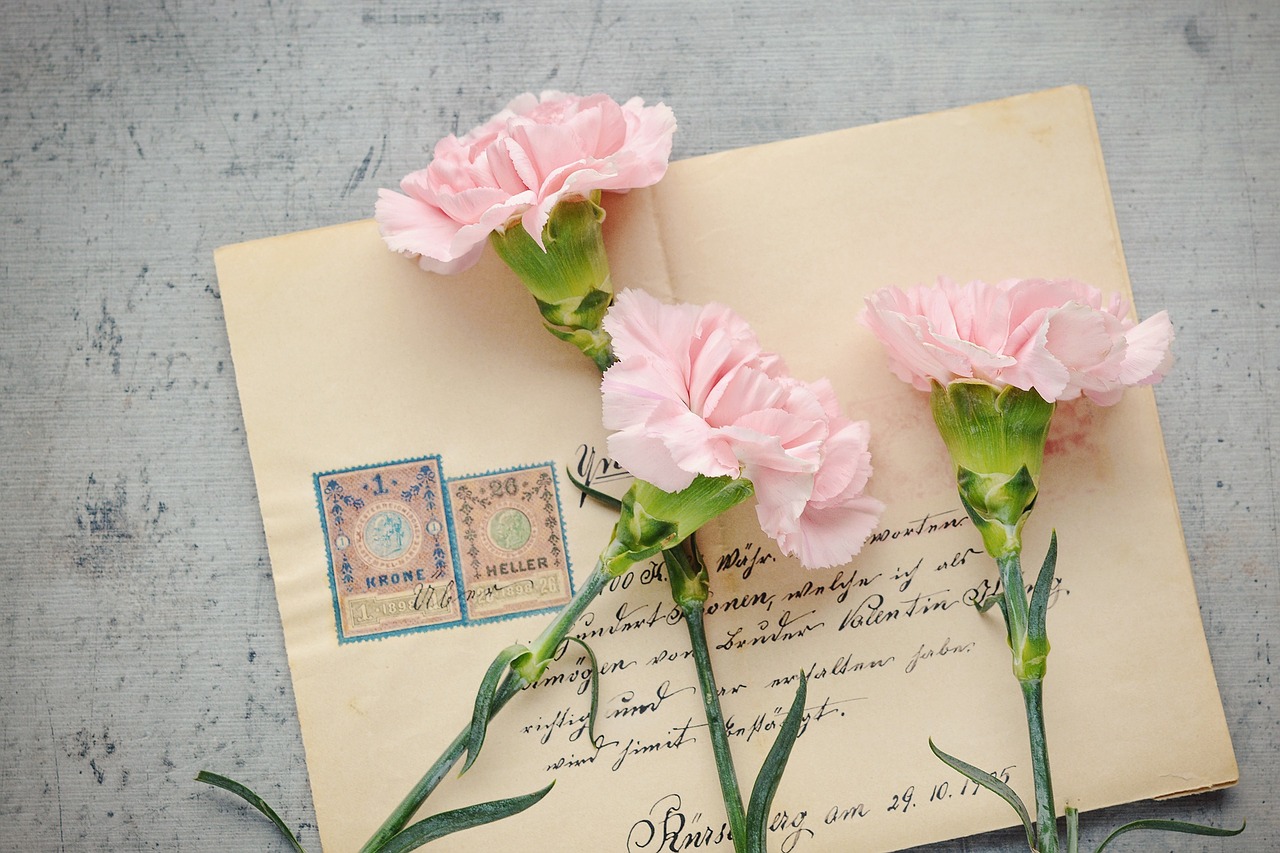
Letter Writing: Please Bring it Back
Let’s bring letter writing back. Search online or in your home for fine pieces of stationery with matching envelopes. Invest in a nice pen, and choose someone you care about to send a nice thoughtful letter to. Let them know how important they are to you. Give them a keepsake they can read over and over again. I guarantee it will be a pleasant surprise and you might get a lovely response back in return. Maybe in this way we can bring back this beautiful art form.
(Featured top image credit: Photo by Bruno Glatsch is available under the Creative Commons CCO 1.0 license on Pixabay,com.)


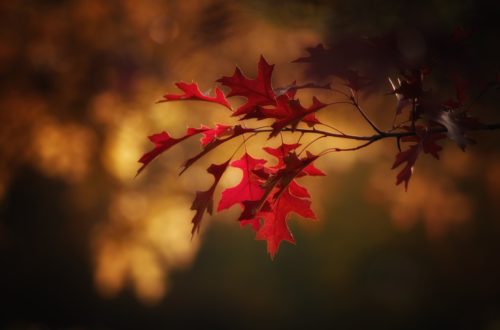

2 Comments
Marquette M
This blog was so totally enjoyable. I love the content and the beautiful photographs especially under the Travel section. I am looking forward to spending more time getting lost in the pages of this blog.
Please keep writing and updating!
Dr. Hoffman
Thank you Marquette. I am so glad you are enjoying all the posts and thank you for subscribing.